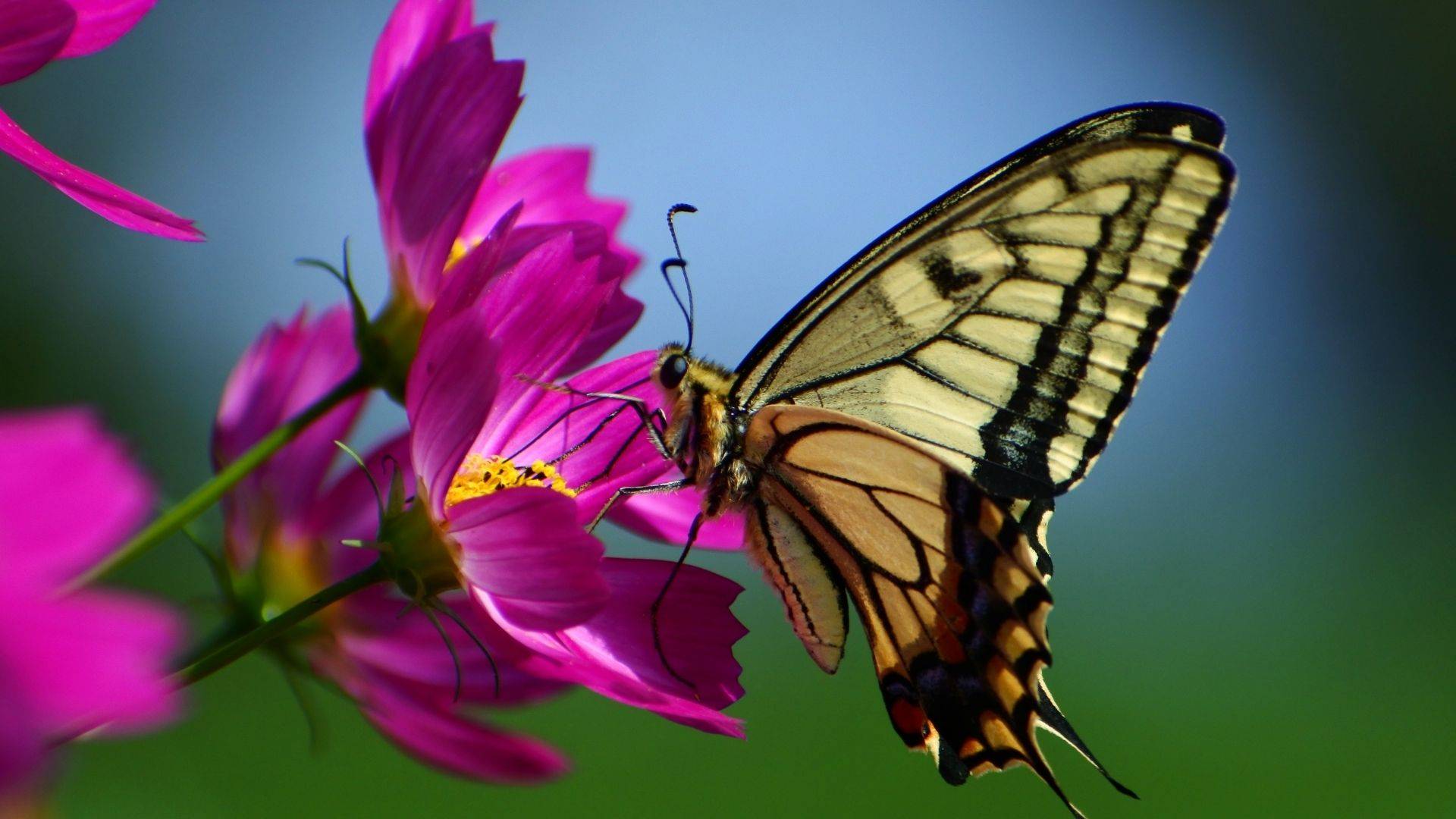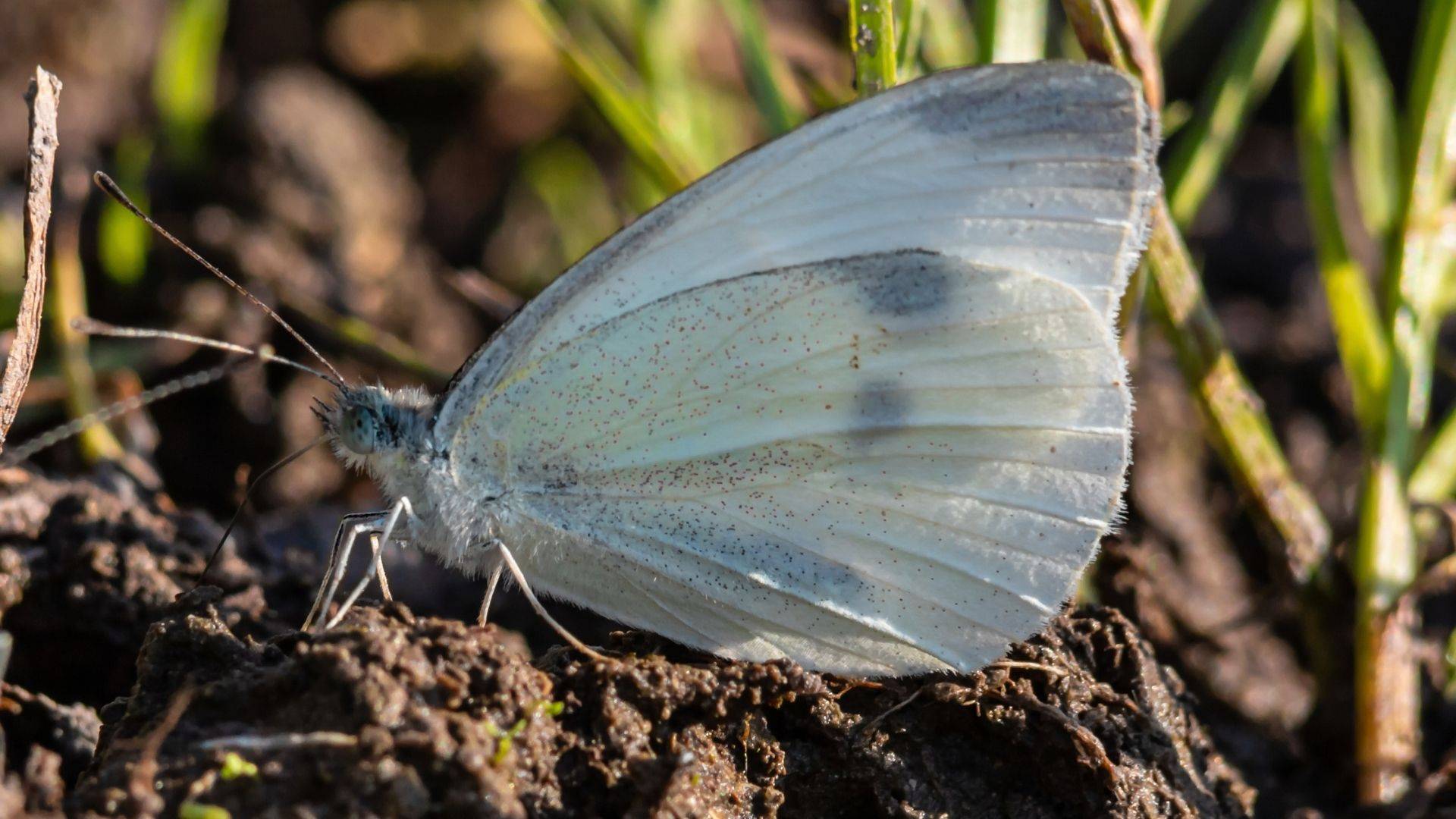There are approximately 20,000 species of butterflies in the world. About 275 of these grace the gardens and meadows of Canada.
No one really knows the origin of the word butterfly, but some believe the name refers to the butter-yellow color of common European butterflies called sulphurs.
Butterflies lend a special touch of beauty to nature, but they do more than just paint a pretty picture…
Here’s why butterflies matter:
1. Butterflies are Pollinators
As far as many flowering plants are concerned, butterflies make for excellent “Friends with Benefits”.
Many butterfly species visit our gardens in search of their favourite food…nectar (the sticky, sugar-rich compound that flowers produce to attract their FWBs). After a quick slurp, they carry away a healthy dose of pollen, which they then deposit in the other flowers they visit – either nearby…or miles away.
It’s all very efficient…and consensual.
“Without the actions of pollinators, agricultural economies, our food supply, and surrounding landscapes would collapse.” ~ Pollinators.org

2. Butterflies are the canaries in the coal mine.
In days past, coal miners took canaries down into the mines. Canaries were particularly sensitive to the odorless, toxic gasses that mining produced, and the canaries provided an early warning system when danger was at hand.
Like canaries, butterflies serve the same purpose, though they do so above ground.
Butterflies are very sensitive to environmental threats, and any sudden change in their behavior or decline in their established populations serve as a warning against pending environmental catastrophes.
It is for this reason that scientists look to butterflies when measuring the effects of deforestation and climate change.
3. Food for thought
Whether fluttering in our gardens or out over the wild landscape, butterflies are lovely to look at, and they certainly help us out when it comes to protecting and pollinating our environment, but there is another benefit that we can’t overlook.
Like most organisms in nature, butterflies serve as a source of food to others, and in the case of many butterfly species, they are integral to the diets of other helpful soldiers of the ecosystem.
Without butterflies, the populations of many birds, animals, reptiles, and other insects would be decimated, and the intertwined ecosystems the butterflies populate would suffer irreparable harm.

4. The lessons we learn from observing butterflies in nature
Butterflies, as pollinators, are considered a keystone species because they play a vital and unique role in the way an ecosystem functions.
It’s time for human kind to follow their lead.
In response to the threat posed by human affected climate change, commercial food producers are finally (though possibly not yet comprehensively) moving away from their reliance on inorganic compounds (toxic pesticides, petrochemical fertilizers, etc…) and toward organic alternatives.
This new approach emphasizes the strengthening of soil fertility using organic compounds such as those containing mycorrhizal fungi, which form a symbiotic partnership with plant root systems, helping them to thrive and survive.
Nurturing the effective and efficient symbiotic relationships found in nature, like those shared between mycorrhizal fungi and root systems below the earth and between butterflies and flowers above, gives us hope that we can turn the tide against the destructive force that is climate change.
May the flapping of one butterfly’s wings lead to a better tomorrow.
For some more fun facts about butterflies…visit our recent Instagram post.

